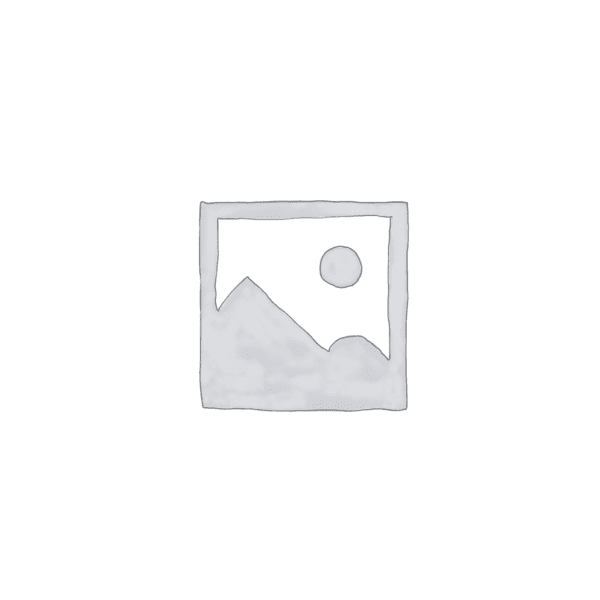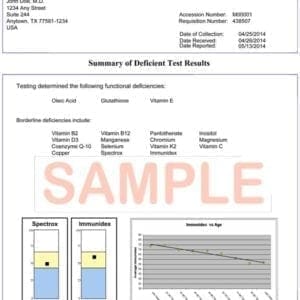Amorphous Sediment
Appearance
Bacteria
Bacteria are living things that have only one cell. Most bacteria won’t hurt you – less than 1 percent of the different types make people sick. Many are helpful. Some bacteria help to digest food, destroy disease-causing cells, and give the body needed vitamins. But infectious bacteria can make you ill. They reproduce quickly in your body. Many give off chemicals called toxins, which can damage tissue and make you sick. Examples of bacteria that cause infections include Streptococcus, Staphylococcus, and E. coli.
Bilirubin
Bilirubin is a yellowish pigment found in bile, a fluid made by the liver. A small amount of older red blood cells are replaced by new blood cells every day. Bilirubin is left after these older blood cells are removed. The liver helps break down bilirubin so that it can be removed from the body in the stool.
Calcium Oxalate Crystals
Calcium oxalate is a chemical compound that forms envelope-shaped crystals. A major constituent of human kidney stones.
Casts
Urinary casts are cylindrical structures produced by the kidney and present in the urine in certain disease states. They form in the distal convoluted tubule and collecting ducts of nephrons, then dislodge and pass into the urine, where they can be detected by microscopy.
Color
Crystals
Abnormal crystals may appear in urine as a result of pathology or due to normal catabolism
Glucose
A blood glucose test measures the amount of a sugar called glucose in a sample of your blood. Glucose is a major source of energy for most cells of the body, including those in the brain. The hormones insulin and glucagon help control blood glucose levels.
Granular Cast
The second-most common type of cast, granular casts can result either from the breakdown of cellular casts or the inclusion of aggregates of plasma proteins (e.g., albumin) or immunoglobulin light chains. Depending on the size of inclusions, they can be classified as fine or coarse, though the distinction has no diagnostic significance. Their appearance is generally more cigar-shaped and of a higher refractive index than hyaline casts. While most often indicative of chronic renal disease, these casts, as with hyaline casts, can also be seen for a short time following strenuous exercise.
Hyaline Cast
Urinary casts are tiny tube-shaped particles. Urinary casts may be made up of white blood cells, red blood cells, kidney cells, or substances such as protein or fat. The most common type of cast, hyaline casts are solidified Tamm-Horsfall mucoprotein secreted from the tubular epithelial cells of individual nephrons. Low urine flow, concentrated urine, or an acidic environment can contribute to the formation of hyaline casts, and, as such, they may be seen in normal individuals in dehydration or vigorous exercise. Hyaline casts are cylindrical and clear, with a low refractive index.
Ketones
Ketones are substances produced in the liver when fat cells break down in the blood. A serum ketone test is a measurement of how many ketones are in the blood.
Leukocyte Esterase
Leukocyte esterase is a urine test to look for white blood cells and other signs associated with infection.
Nitrite
Occult Blood
The test looks for hidden (occult) blood in a specimen sample. It can find blood even if you cannot see it yourself.
Ph
Level of acid
Protein
Body fluids contain many different proteins that serve diverse functions such as transport of nutrients, removal of toxins, control of metabolic processes, and defense against invaders. Protein electrophoresis is a method for separating these proteins based on their size and electrical charge. When body fluids are separated by electrophoresis, they form a characteristic pattern of bands of different widths and intensities, reflecting the mixture of proteins present. This pattern is divided into five fractions, called albumin, alpha 1, alpha 2, beta, and gamma. In some cases, the beta fraction is further divided into beta 1 and beta 2. Albumin, which is produced in the liver, accounts for about 60% of the protein in the blood. “Globulins” is a collective term used to refer to proteins other than albumin. With the exception of the immunoglobulins and some complement proteins, most of the globulins are also produced in the liver. Immunofixation electrophoresis (IFE) is a method used to identify abnormal bands seen on serum, urine, or CSF protein electrophoresis, as to which type of antibody (immunoglobulin) is present.
Rbc
RBCs contain hemoglobin, which carries oxygen. How much oxygen your body tissues get depends on how many RBCs you have and how well they work.
Reducing Substances
Renal Epithelial Cells
Specific Gravity
Squamous Epithelial Cells
Transitional Epithelial
Triple Phosphate Crystals
Struvite stones (triple phosphate/magnesium ammonium phosphate) – about 10–15% of urinary calculi are composed of struvite (ammonium magnesium phosphate, NH4MgPO4·6H2O).[44] Struvite stones (also known as “infection stones”, urease or triple-phosphate stones), form most often in the presence of infection by urea-splitting bacteria.
Uric Acid Crystals
Abnormal crystals may appear in the urine as a result of pathology or due to normal catabolism.
WBC
WBCs help fight infections. They are also called leukocytes. There are five major types of white blood cells: basophils, eosinophils, lymphocytes (T cells and B cells), monocytes and neutrophils
YEAST
Candida is the scientific name for yeast. It is a fungus that lives almost everywhere, including in your body. Usually, your immune system keeps yeast under control. If you are sick or taking antibiotics, it can multiply and cause an infection.
The cost of the lab does include a simple written interpretation, but no solutions/treatment plans, and no in-person or virtual consultation to go over labs.





Reviews
There are no reviews yet.